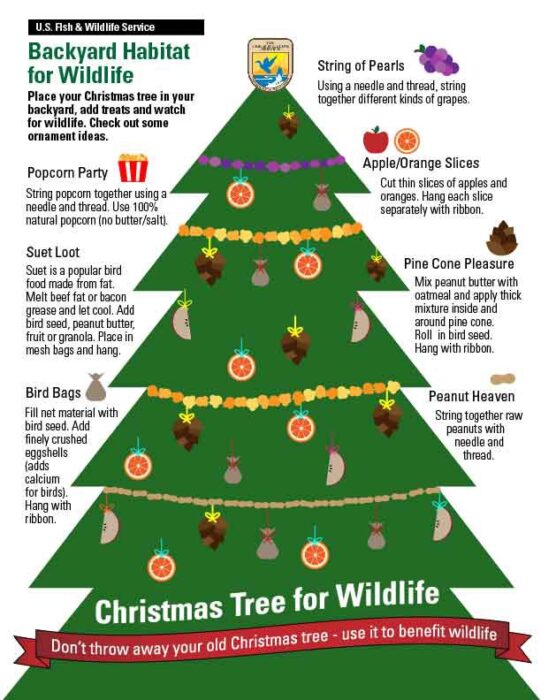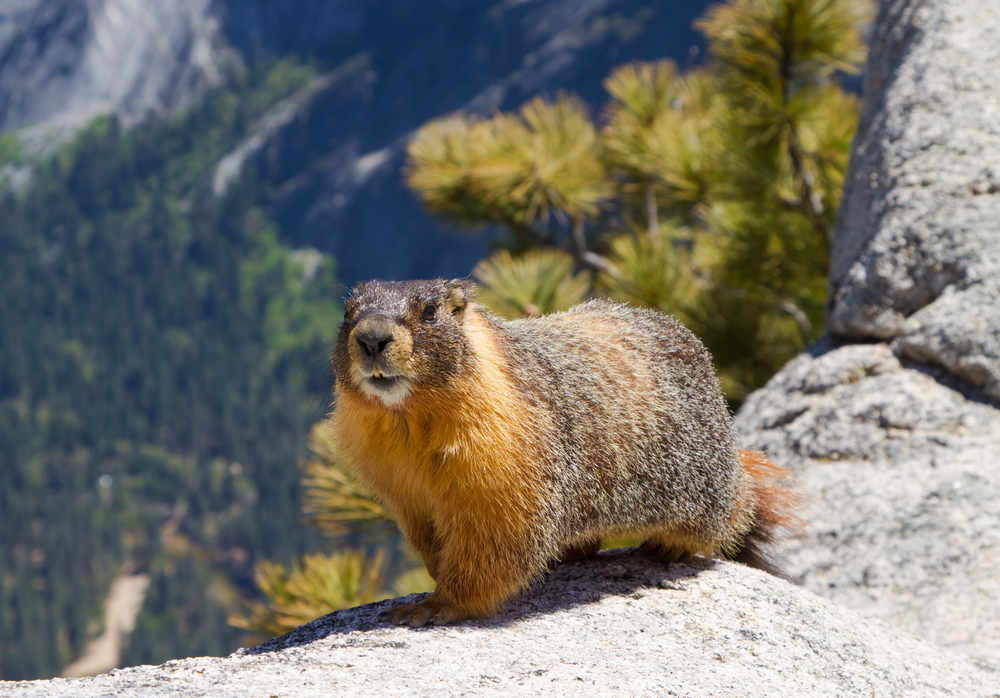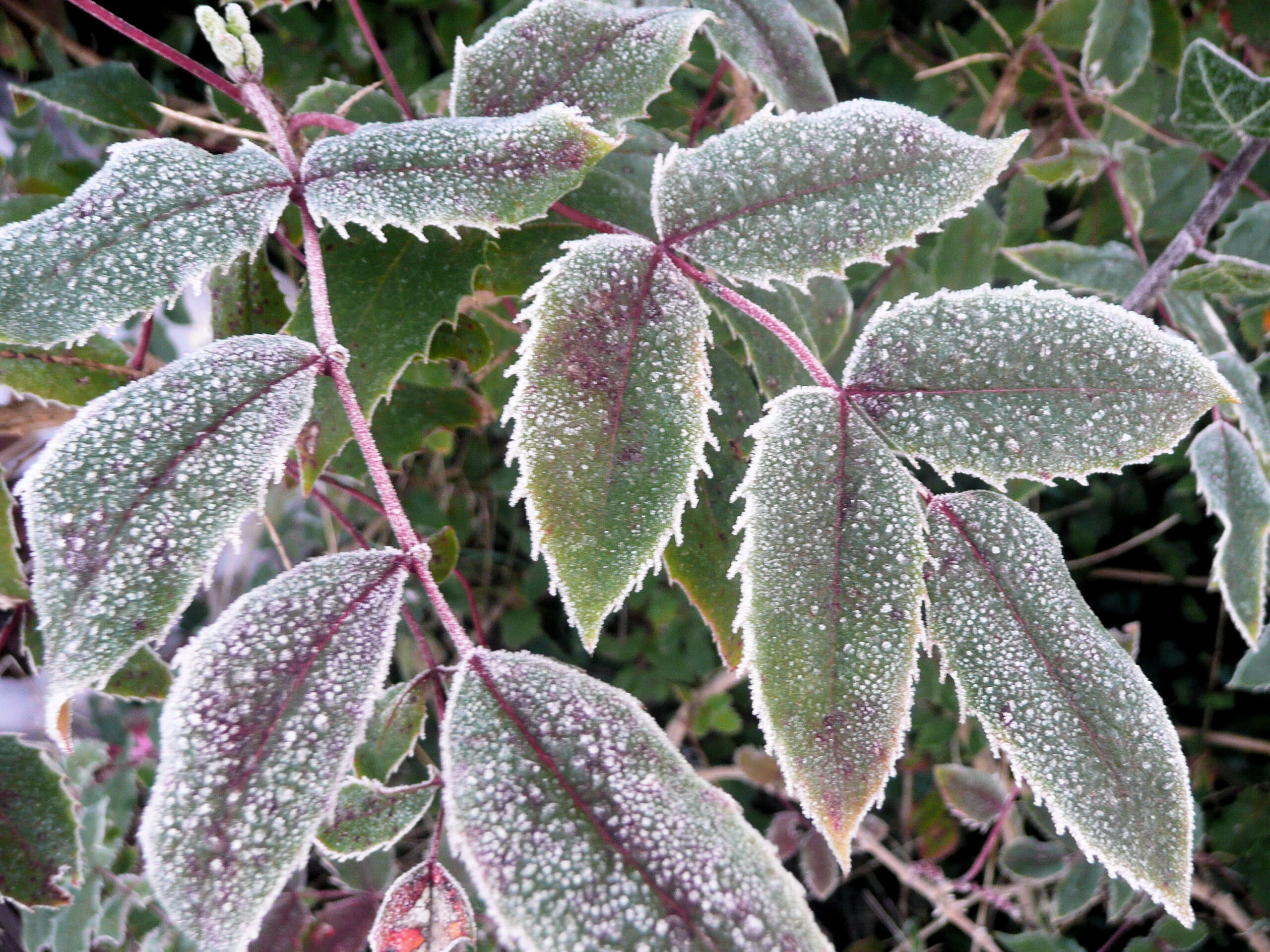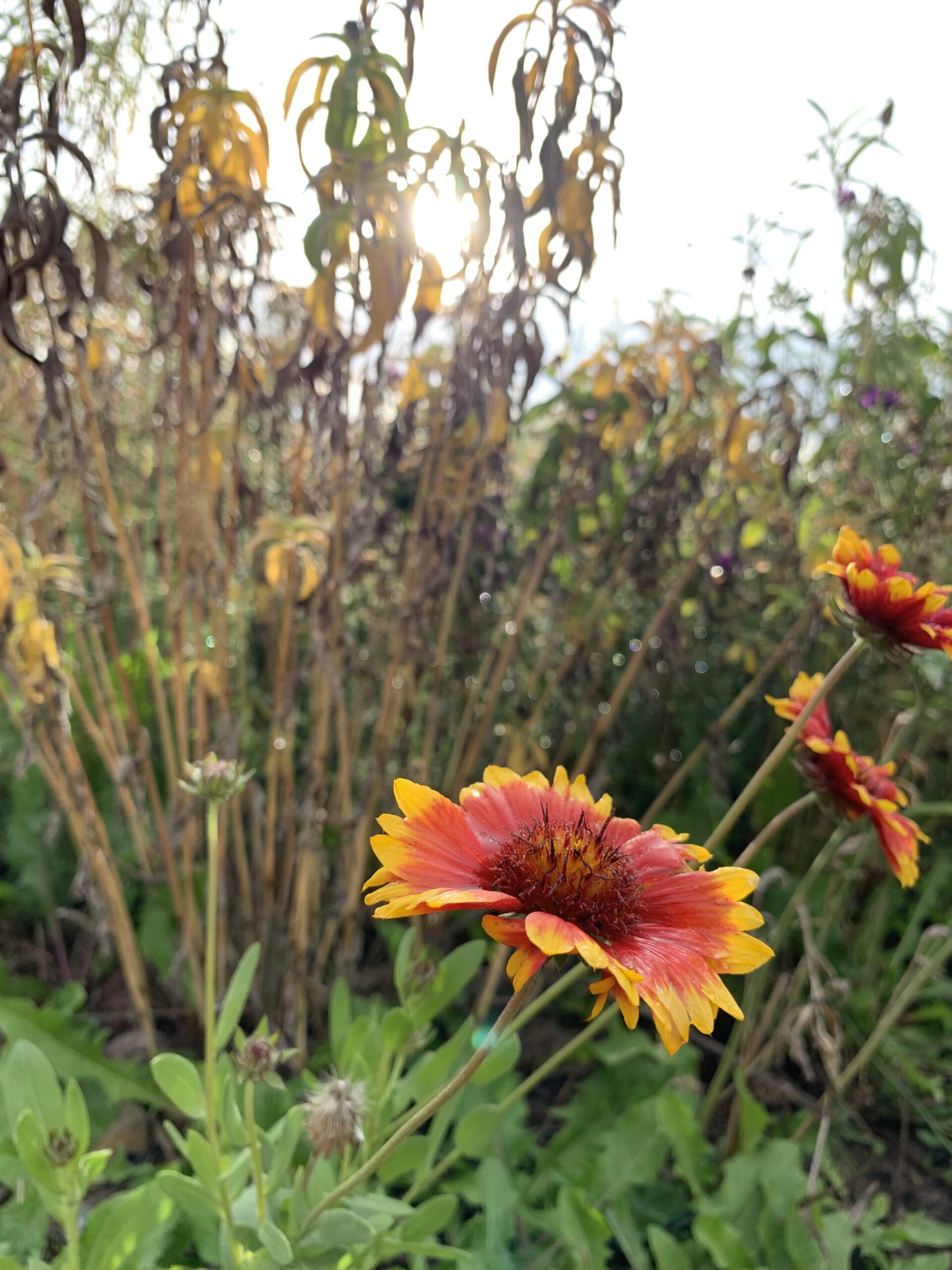By Jessie Walthers, Conservation Program Manager Groundhog Day. Who doesn’t love this most random of…

Leaving a Small Footprint as You Trek Through the Holidays
The holidays can be an overwhelming time. Stores are crowded, holiday cards need to be mailed, gifts need to be wrapped, and that tree isn’t going to decorate itself. On top of all that, one thing you don’t want to worry about is your environmental impact. Although holidays tend to be a time of excess and celebration, there are many choices you can make over the holiday season to minimize your footprint without sacrificing holiday magic.
Shop local
The holidays are a great time to shop for locally crafted gifts and treats to share with friends and family. Shopping locally conserves resources and minimizes your carbon footprint because it requires less fossil fuels for production and shipping. It’s a great way to showcase and share the special place that we live – river rock jewelry, a painting of a landscape in Glacier National Park, handmade soaps…there are so many options for thoughtful gifts. Shopping locally also supports a thriving local economy and promotes self-reliance and sustainability in our community.
If sustainability is important to you, consider shopping at thrift stores. Second-hand items can go on to live one (or more!) lives with new owners and bring just as much happiness as they did to their original owners. Buying second-hand saves energy, resources, and prevents the accumulation of waste in landfills. Moreover, if you do buy new, consider the long-term legacy of the item. Once that toy has been broken or outgrown, is it bound for the landfill and forgotten memories, or could it be treasured over and over for years to come? Chose items made with sustainably sourced, quality materials that will stand the test of time to ensure that the legacy of your gift will last.
Source from local producers
Locally produced foods are thousands of miles fresher. When foods are eaten in the same area that they are grown, the need to harvest before ripening and/or add preservatives is lessened or eliminated. That means higher food quality and nutrition. Locally grown foods also minimize waste by eliminating the need for excessive packaging to protect foods during shipment. If you’re interested in incorporating local foods into your holiday meal planning, check out a list of local producers and information about how to access local food available from Land to Hand. You can also sign up for or gift someone in your life with a share in Community Supported Agriculture (CSA) and receive boxes of fresh, locally grown produce throughout the growing season. Find a list of producers that offer shares in CSAs here.
It’s true that Montana has a very short growing season, but locally grown wheat and flour products, dairy, and eggs are easy to come by in Montana, year round. Root vegetables, apples, and green beans from the garden are easy to preserve and store for the winter months (you may even have a bag of frozen huckleberries left in the freezer just waiting to be made into a holiday pie). Things like spices, condiments, fruits, and nuts can be harder to come by. Fortunately, many of the ingredients for your most comforting and delicious holiday meals include preserves that can be bought and stored in bulk to supplement a short Montana growing season. When you sit down for a holiday meal with your loved ones, it can be a fun topic of conversation to speculate on the source of the ingredients in your holiday meal and the journey they took to your table.
Consider composting
Even after you’ve finished preparing and eating your holiday meal, you can still make use of food scraps and unwanted leftovers by composting. Instead of sending food waste to the landfill, toss those carrot tops and onion peels into your compost bin to add valuable organic matter and nutrients back into your garden. For a guide on how and what to compost, check out this webinar from Flathead Conservation District. And yes, it is possible to compost throughout the winter season if you prepare ahead of time. Once spring rolls around, your garden and soil will thank you by recycling your discarded food waste into new food and natural resources!
Harvest holiday décor
In Montana, and in Flathead County particularly, we live in the land of evergreens. We’re surrounded by conifer forests on public and private land. Instead of buying a plastic tree and garland from the big box stores, try getting out into nature and finding your own! The U.S. Forest Service issues Christmas tree permits for $5 each online or at the Flathead National Forest offices in Kalispell, Hungry Horse, and Bigfork. Each permit is good for the harvest of one tree from National Forest Land. Alternatively, visit one of our local tree farms to find the perfect tree for your home. These options support the local economy and take advantage of renewable natural resources in northwest Montana. While you’re out in the woods, collect pine cones, antlers, river rocks and more to decorate with for the holidays. These natural treasures look festive and can be safely returned to the landscape. After the holidays, consider upcycling your tree to provide wildlife habitat or mulch.

Think efficiency
When selecting lights for adorning the outside of your home, choose efficient varieties like LED to minimize energy use and costs. Set your lights on a timer or dusk/dawn setting so they are only on during the dark hours when they’ll show up best. Light pollution is a growing issue in densely populated areas. Light pollution can disorient local wildlife and make it more difficult to see the stars. To help minimize light pollution and save energy, select a variety with lower wattage. For commonsense solutions that keep light pollution to a minimum and help preserve Montana’s majestic night sky during the holidays and beyond, check out the Montana Chapter of the International Dark Skies Association.
Reduce, Reuse, Recycle
With so much gift giving, the holidays can feel like an especially wasteful time of year. Especially during the frenzy of Christmas morning, it may seem easiest to just throw all that wrapping paper and packaging in the trash. By simply sorting materials as they are being generated, you can separate reusable, recyclable, and landfill-bound materials. To minimize what you send to the landfill, select wrapping and packing materials that can be recycled or composted such as paper and twine, or materials that can be reused such as metal tins and gift bags. Items that are made of multiple types of materials (such as fabric ribbon with metal wire) are more difficult (if not impossible) to recycle because they need to be separated into their component parts. The combination of some materials, such as paper and glitter, render otherwise recyclable materials unrecyclable. Choose cards, wrapping paper, and bags that do not contain glitter (tiny pieces of plastic). Deciphering what can and cannot be recycled in Flathead County can be a challenge on its own. The Waste Not Project has put together a guide to How to Recycle and Reduce Waste in the Flathead Valley.
Although everyone celebrates the holidays differently, we’re all bound together by the natural resources we depend on. As you keep up your holiday traditions, consider how the beauty and value of these natural resources can help you create new ones.
This Post Has One Comment
Comments are closed.




Thanks for the great tips. The Wildlife Christmas Tree is a great ideas!